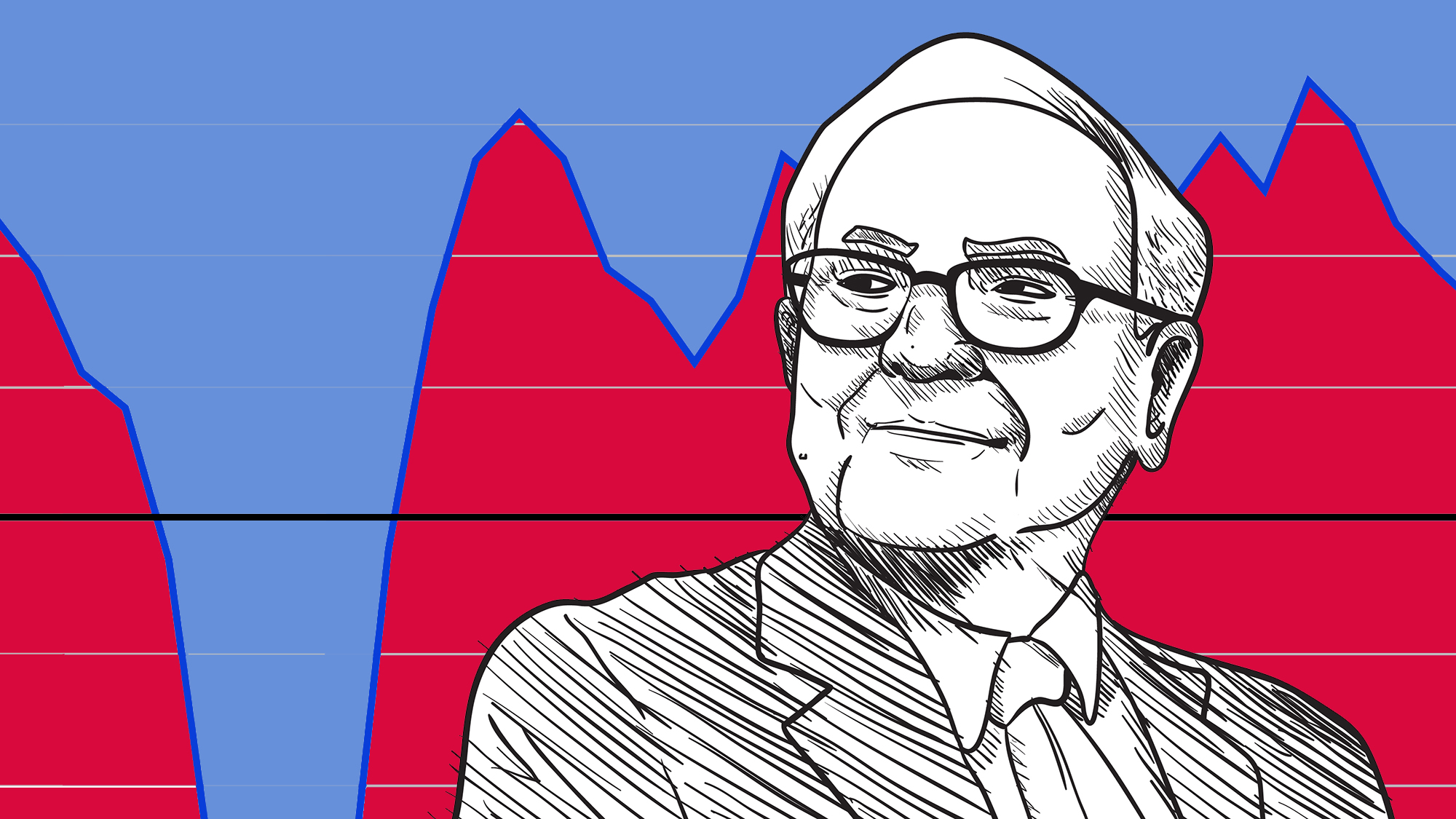gdp
President Donald Trump veered away from his typical protectionist rhetoric at the World Economic Forum in his remarks on the benefits of global cooperation.
The genius investor hits an optimistic note in a time of dire fiscal predictions.
The world economy is often measured in terms of money, but is this the best method?


